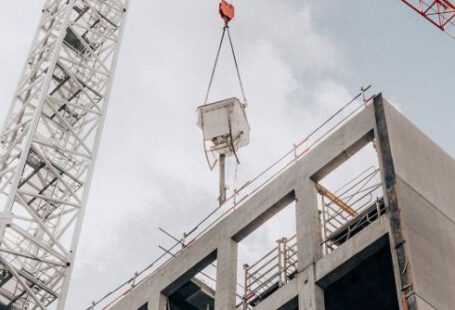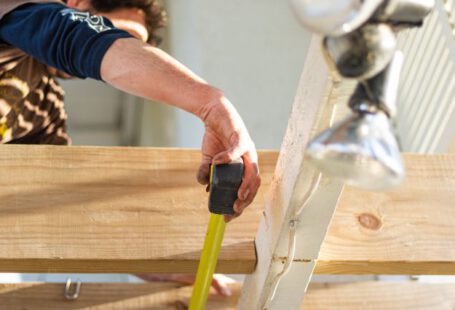Concrete mixers are essential tools for construction and civil engineering projects. They come in a variety of shapes, sizes, and types, and are used to combine cement, sand, gravel, and water to form concrete. Whether you’re a DIY enthusiast or a contractor, understanding the different types of concrete mixers and their unique functions can help you choose the right one for the job at hand.
Drum Mixer
The most common type of concrete mixer is the drum mixer. It consists of a rotating steel drum or barrel that tilts and rotates to mix the components of the concrete mix. Drum mixers are available in both stationary and portable configurations and can handle a wide range of mixing jobs, from small batches for home projects to large commercial batches.
Tilting Mixer
Tilting mixers are similar to drum mixers, but instead of a rotating drum, they feature a tilting mechanism that allows the mixer to tilt and rotate the drum for more efficient and thorough mixing. This type of mixer is ideal for large batches of concrete, such as for commercial projects and industrial applications.
Twin-Shaft Mixer
Twin-shaft mixers are designed for large-scale projects and feature two rotating shafts that mix the components of the concrete mix. This type of mixer is incredibly powerful and efficient and can handle batches of up to 10,000 liters. It is also designed to mix concrete to a very consistent, homogenous consistency.
Vertical Shaft Mixer
Vertical shaft mixers feature a vertical rotating shaft that is used to mix the components of the concrete mix. This type of mixer is designed for smaller batches and for mixing concrete with special additives for unique applications.
Pan Mixer
Pan mixers are designed for small batches of concrete and feature a flat, circular pan that rotates to mix the components of the concrete mix. This type of mixer is ideal for mixing small batches of concrete for small projects, such as paving stones or curbs.
Continuous Mixer
Continuous mixers are designed for large batches of concrete and feature a continuous operation for mixing concrete. This type of mixer is ideal for projects that require large batches of concrete, such as commercial and industrial projects. It is also designed to mix concrete quickly and consistently.
Reversing Drum Mixer
Reversing drum mixers are designed for medium to large batches of concrete and feature a rotating drum that can be reversed at any time in order to mix the components of the concrete mix. This type of mixer is ideal for jobs that require multiple batches of concrete of varying consistencies.
Conclusion
Concrete mixers come in a variety of shapes, sizes, and types, and each type has its own unique features and functions. Understanding the different types of concrete mixers and their unique functions can help you choose the right one for the job at hand. Whether you’re a DIY enthusiast or a contractor, make sure you understand the benefits of each type of mixer before you make a purchase.






